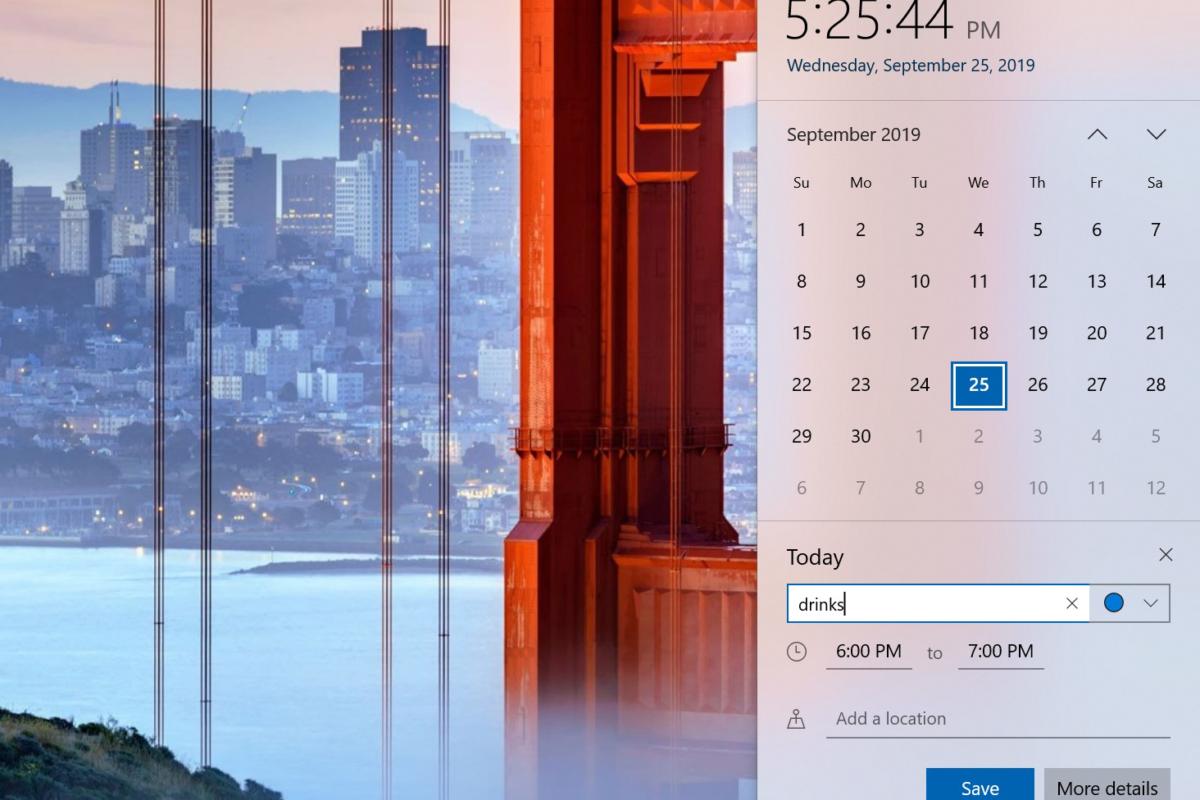Current-generation VR controllers are fairly limited in enabling users to “feel” virtual objects; bow strings vibrate with haptic shivers, while guns kick back as they fire bullets. Now researchers at Russia’s Skolkovo Institute of Science and Technology are proposing a big step forward called TouchVR — a wearable accessory that applies direct force on the palm and vibrotactile feedback to the fingers, enabling users to feel the weight, texture, softness, and slippage of VR objects.
Each TouchVR wearable looks like the foundation of an Iron Man glove: a circular DeltaTouch 3D force generator centered on the palm, plus vibration motors wired with Velcro pads to the thumb and fingers around it. So equipped, the wearer can feel applied force and sliding motions in the palm, combined with vibrations that run from the palm to the fingertips to simulate object textures. There’s no need to hold another controller, as hands are tracked with a Leap Motion hand sensor and HTC Vive Pro VR system.
The researchers are using several Unity-based VR apps to demonstrate TouchVR’s capabilities, including a virtual spider moving on the wearer’s palm, a bouncing soccer ball, and a pulsing dragon’s egg. Other early demos let users operate a virtual robot with help from tactile feedback, or feel immersed in a Matrix-style 3D collection of streaming lines of code.
Simulating the sensation of touch without forcing users to grasp sword hilt-like controllers has been a goal of VR developers for years, and a variety of different approaches have been proposed. Ultrahaptics sends vibration sensations through the air to your fingers, while haptic armbands and other vibrating wearables have been deployed in at least limited tests. TouchVR’s solution is considerably smaller and simpler than Haptx gloves, though the focus here is seemingly less on the precision of finger input than the tactile sensations of interacting with objects.
Going forward, the researchers have additional ideas for how to expand TouchVR’s functionality, including the addition of a Peltier element to generate thermal feedback, and bringing the interface into medical systems for use in rehabilitation and simulations. It’s unclear when or whether the accessory will become available to consumers, but TouchVR will be shown off at Siggraph Asia in Brisbane, Australia from November 17-20.




 gave to Disney+ is really paying off.
gave to Disney+ is really paying off. 
